Parabolic Curve Balls
Parabolic Curve Balls
The book of Revelation is something of a curve ball for most of us. It doesn’t come straight at us. Instead, it communicates pictorially in much the same way Jesus expressed the truth of God in parables.
Parables express things in ways that may not be clear at first glance. In Matthew 13:13 Jesus said, “I speak to them in parables; because while seeing they do not see, and while hearing they do not hear, nor do they understand.” (NASB 2020) He pointed out that people who “just don’t want to hear it” will get their wish, and people who are humble enough to listen and look for the truth will find what they seek.
Parables are like that. Notably, when we read or hear parables, we must be careful not to force them to tell us things they were never designed to communicate. If we allow ourselves to press every detail for deeper meaning we risk assigning meaning that was never intended. If we require that what is signified by the story fit perfectly in every respect with the story elements, we easily overlook the true message.
In observing and studying the allegories in Revelation, we do not have to figure out every detail. In His parables, Jesus used pictorial language to get us to think, and His Revelation is no different. The Revelation is not a roadmap to which we apply precision and calculation. Rather, it is a message of encouragement, a letter of edification, and a prophecy to equip the Bride of Christ for the day when the Bridegroom comes and sweeps her off her feet.
Because it is filled with signs and symbols, there have been many different ways people have interpreted The Revelation. Of great help in understanding what we read there, will be all the other books of the Bible, most prominently those of the Hebrew Scriptures, we typically call “the Old Testament.” Revelation is rooted in the Hebrew Scriptures. John was a Jew and knew the scripture well. Since the Bible is the message of God, we can expect The Revelation to be consistent with the other writings in the Bible.
In Revelation there are hundreds of allusions to the Hebrew Scripture. Nearly 70% of its verses make reference to the Old Testament.
In coming segments of our study, we will look at several of the ways others have interpreted The Revelation. We will spend some time at 30,000 feet observing the book in outline, and then we will wet our feet at the shoreline of the book as we examine the preamble verses in Chapter One.
